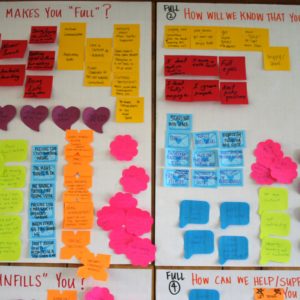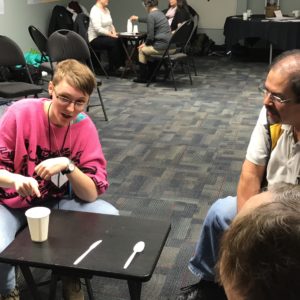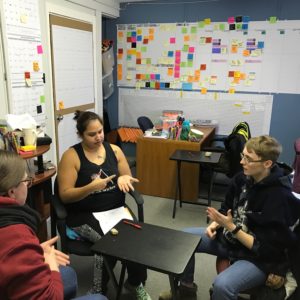You probably already knew that raw intellect isn’t enough to learn a language. Ever tried memorizing vocabulary and grammar rules? You might pass a test, but try having a conversation. “Knowing” a language and actually speaking it are two different things, in the same way as knowing musical theory and how a piano works doesn’t mean you can play. It’s only the conscious and purposeful utilization of knowledge that enables it to morph into an unconscious skill.
So how should we go about learning a second language?
Let’s say I’m a physiotherapist and I want to help someone learn how to walk again. I’ve studied all about muscles, what they’re made of, how they work, etc. I may convey my knowledge in the most eloquent of terms, but if that’s all I offer, my patient still won’t actually be able to walk. Unfortunately, traditional language teaching is often a lot like this.
So what should I do? I need to physically make the patient walk. More specifically, I need to coax my patient’s body back through the art of walking, by building the strength and memory of his muscles. Of course, it needs to be in easy stages. I have to guide the patient to make the right effort at the right time to make the next little bit of progress. Some technical information might help sometimes, but for the most part it is the act of physical repetition and a series of small but consistent successes that will build my patient’s unconscious ability to put one foot in front of another.
That said, why am I so enthused with WAYK?
Because it’s all about this kind of common sense. Physical meaning instead of abstract definitions. Real communication instead of purposeless exercises. Creativity instead of drudgery.
If you agree there’s something not quite right about cooping ourselves in bare rooms with books to learn something that was as natural as child’s play, I’m confident you won’t regret taking a look at Where Are Your Keys?
Post authored by Joel.




